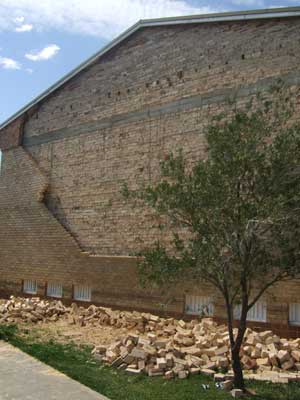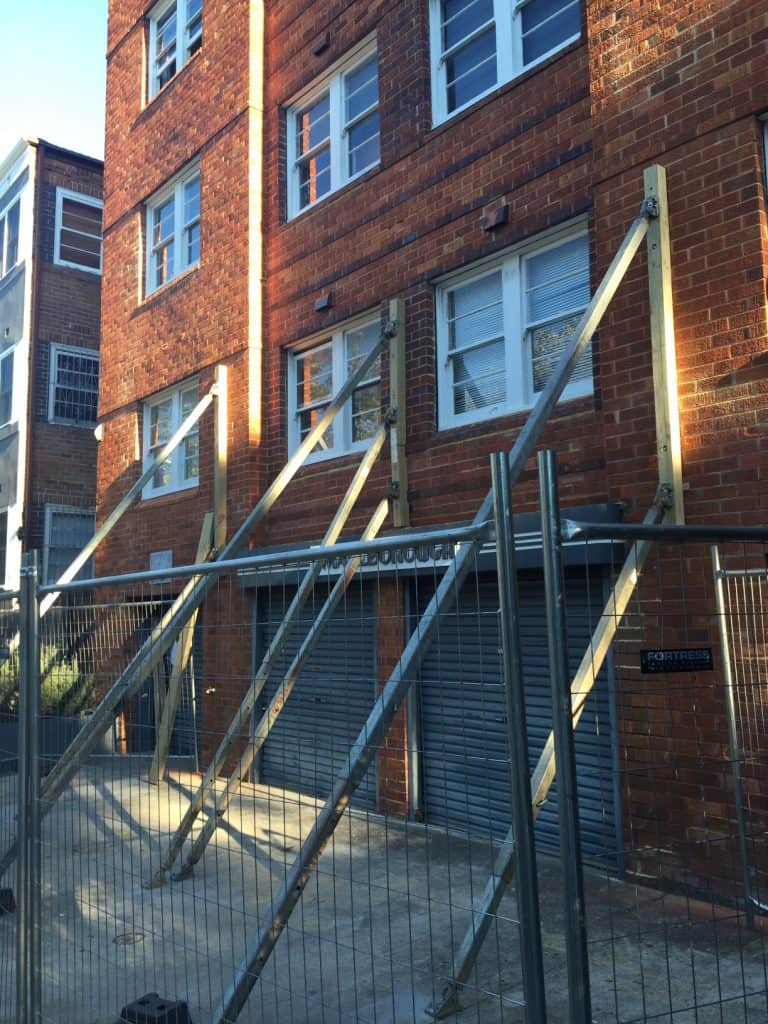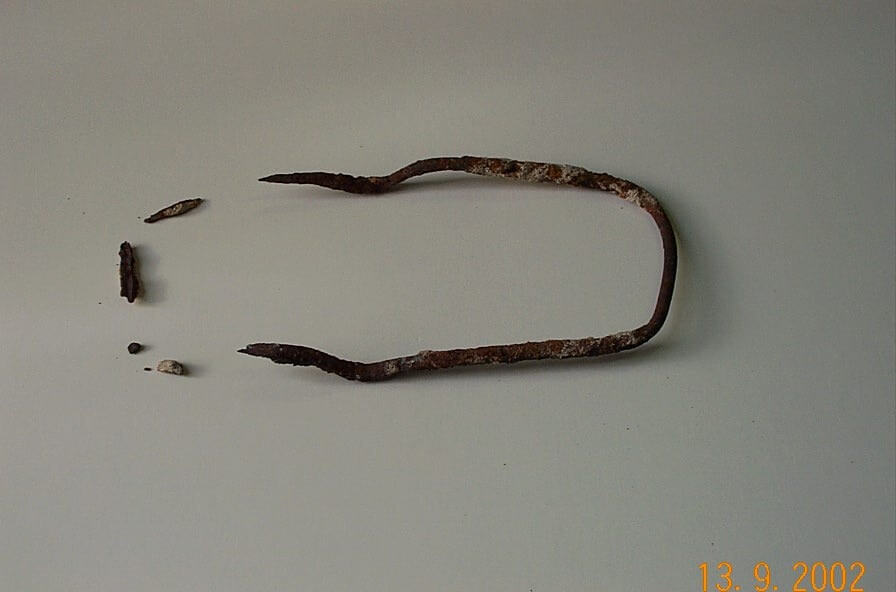When wall tie corrosion is unnoticed or ignored.
Corrosion of galvanized metal cavity wall ties is a widespread problem for many cavity brick buildings built in Australia. The problem can cause cracks and bowing of brickwork to occur and can even lead to collapsed outer skins of brickwork during storms and high winds or other impacts and events. Helitec fix wall tie corrosion problems.
The potential consequences of corroded wall ties, was also well documented immediately after the Newcastle Earthquake in 1989 where a large number of masonry buildings suffered damage to cavity brick walls where the external skins of brickwork simply peeled off during the earthquake. Corroded cavity wall ties were responsible for much of the damage to the older cavity brick buildings that were built before the use of stainless steel became more widespread and mandatory in coastal and corrosive environments. Similar results were also witnessed more recently in Christchurch.

Most cavity brick buildings, particularly those built prior to the 1990’s, still rely on galvanized wire wall ties and these buildings, particularly in coastal and corrosive environments, are now at greatest risk. Often during high winds, collapses from wall tie failure can occur.


Inspection for wall tie corrosion is important in cavity brick buildings where galvanized metal ties have been used. Where problems are identified, the installation of Stainless Steel Remedial ties and other masonry repairs and strengthening can reduce the risks and consequences of wall tie failure.
Contact us if you would like further information or if you would like to discuss your own building problem or project.

